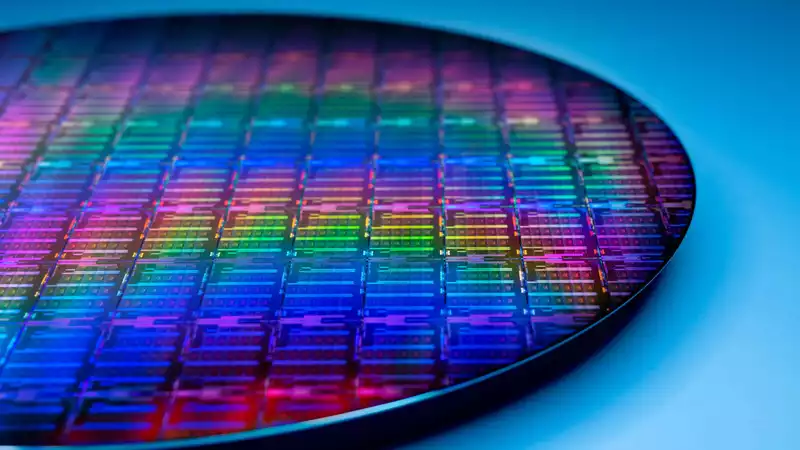Intel's new CEO, Pat Gelsinger, gave us a glimpse of the new Meteor Lake processor, scheduled for release in 2023 with a confirmed 7nm manufacturing process. Gelsinger spoke enthusiastically about the potential in Intel's manufacturing and design capabilities, and also announced a whole new wing of the business with the creation of Intel Foundry Services.
Intel Meteor Lake, launching in 2023, will be the next generation of chips following the Alder Lake chips launching this year, and like Alder Lake, will be a mixed core design with both 7nm Ocean Cove and 10nm Gracemont in the same package. Meteor Lake is likely to be the first desktop processor to use the layered tile Foveros packaging technology.
Gelsinger argues that this is Intel's competitive advantage going forward, and that tiles can work much better than the chiplets that AMD effectively uses in its Ryzen CPUs. By stacking tiles instead of going back and forth between chiplets, each component acts as if it were on a single chip.
These tiles will include GPU tiles, and perhaps even dedicated AI tiles, since Meteor Lake promises to include what Intel calls XPU IP.
The fact that Meteor Lake will enter the "tape-in" phase before this summer shows how far along the first 7nm client processors are. In this phase, the various parts of the final chip are brought together in a single package for the first time, prior to the final "tape-out" design just prior to manufacturing.
We expect a 10nm Alder Lake refresh in 2022, prior to Meteor Lake, code-named Raptor Lake. Meteor Lake will then be followed by the similarly 7nm Lunar Lake family of chips, with Intel aiming for a yearly pace, and a renewed tick-tock strategy.
This announcement was made at tonight's Intel Unleashed: where Gelsinger also announced a radical change in the business, establishing an independent foundry model in addition to in-house manufacturing. With the launch of Intel Foundry Services, the company seeks to counter the fact that 80% of its chip manufacturing is done in Asia and to ensure worldwide production capacity.
As Gelsinger puts it, "The world needs more semiconductors."
Despite the announcement on Twitter last week and the launch of the Xe HPG Scavenger Hunt on Friday, March 26, what we heard no more about was Intel's new graphics card promised at the end of the year.
In addition to potentially providing a way out of future chip supply problems (which are far in the future, as it will take time to set up a contract manufacturing division and build a new $20 billion plant in Arizona), the new Xe HPG graphics cards could provide a way out of the GPU crisis could provide a way out of the GPU crisis. And that could happen this year.
However, Intel's first discrete gaming cards will not be made in-house, but by TSMC on its own 7nm node. Indeed, Gelsinger promised
that the company is considering increasing its use of external foundries throughout its operations, despite ostensibly setting up its own rival outsourced foundry business.
Gelsinger seemed to be trying to get back to Intel's roots, and in fact claimed at the conclusion of the live stream that "old Intel is the new Intel." By doubling down on its manufacturing strengths and engineering background, and promising to execute on its roadmap, Intel appears to be on a strong path going forward.
However, it may still take some time to get there.


Comments